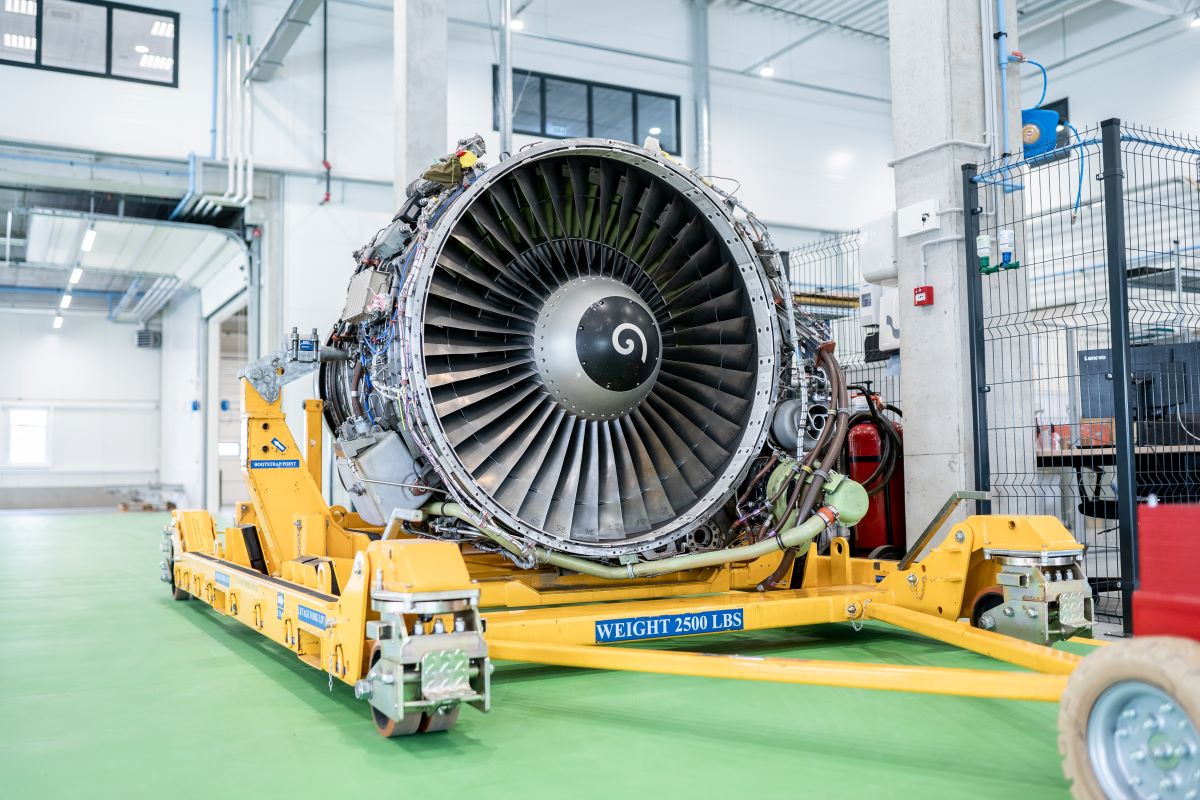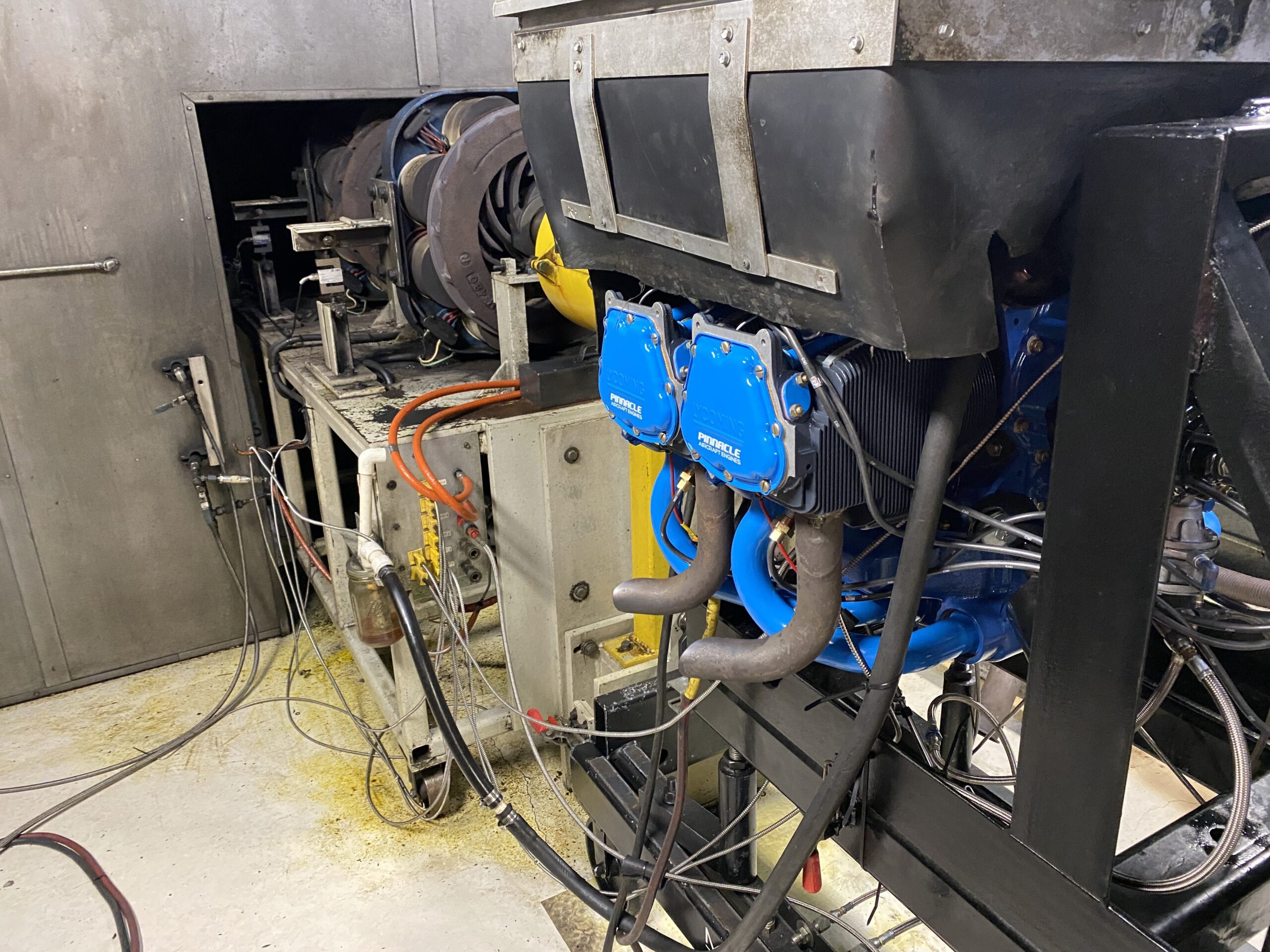Part 25 Aircraft - Using the wave pool ensured consistent conditions and enabled accurate comparisons and measurements. With the wave machine cranked up to give its most aggressive waves, one Raft Rat with extensive sailing experience noted, “the waves are a whole lot more realistic than I expected, it really is like being in the ocean.”
Subsequent open-ocean testing of many of the same life rafts previously tested in the wave pool have proven the results are accurate and scalable. We had a wide range of body types, sizes and weights, which served to show up some deficiencies we might have otherwise not noticed.
Part 25 Aircraft

These volunteers came from throughout the U.S. and one survival instructor even came from Norway. Two couples who attended did so expressly to finalize their decision for a life raft purchase. Pragmatism aside, it's simply not prudent to travel over any significant body of water out of gliding distance from land without a life raft of some sort on board.
Hostile Environment
To do so is foolhardy, especially so if you are flying over colder waters. There is no question that the odds are in your favor if you ditch (see Equipped To Survive's “Ditching Myths Torpedoed!”), but carrying survival equipment is all about improving the odds.
There are plenty of stories of those who have survived a ditching in open water without a raft, just wearing a life vest or sometimes nothing at all to keep them afloat. Some of their stories are told on Equipped To Survive: Lessons Learned: True Life Ditching Experiences.
They were very, very lucky. Ask any of them and most will tell you so. What you don't hear about very often, for obvious reasons, are those few who don't return to tell a tale of survival against the odds.
The manufacturer is supposed to prove to the FAA that the raft meets the agency's criteria before TSO approval is granted by the FAA. It is supposed to be a rigorous examination and series of tests and generally speaking, no significant leeway is supposed to be allowed from the TSO requirements unless the applicant can convince the FAA that its design results in an equivalent level of safety.
You Can Indeed Put A Price On Human Life
Remember that point as it is important later on. We've all heard the old saw that "you can't put a price on human life." We'd like to think that was true, but there are significant, potentially life-and-death differences between the various rafts offered.
Similarly, price certainly seems to have some correlation with life-saving capability, although high price alone is no guarantee of performance. I've seen many high-priced rafts that I cannot recommend. Because the differences in price can be significant, and the differences in capability generally not very obvious, many pilots and operators often opt for the least expensive product, perhaps not realizing the tradeoffs they are making in safety.

Often, the only goal is to meet regulatory requirements at the lowest possible price and weight, as shortsighted as that attitude may be. Safety never enters into the equation. There has been considerable confusion among many raft purchasers and users about what is required and what is approved.
This has often been aided and abetted by misleading nomenclature and, in a few instances, by patently misleading advertising by some manufacturers. To no one's great surprise, the FAA itself has not been clear on these questions at times.
What Is Required? Confusion Reigns…
To help air carriers and other affected operators achieve FTFR rule compliance, AerSale® developed AerSafe®: a proprietary fuel tank ignition mitigation solution approved by the FAA for Airbus 319, 320, and 321 series, and Boeing 777-200, 767, 737 NG
, and 737 Classic series aircraft. I asked the FAA, but they could only point me to an older Advisory Circular (AC 91-38A) which says “The liferaft requirements of Section 91.189(b)(2) (ed. – now 91.509) may be met by using:
(1) Liferafts approved under FAR 37, Section 37.122, and marked TSO-C12c. (2) Liferafts approved under FAR 37, Section 37.176, and marked TSO-C70″ (emphasis added). However, the AC is just that – advisory in nature. Note also the word "may."
Approved rafts, required under these FARs, must be manufactured by an FAA-certified manufacturer in accordance with designs approved by the FAA to meet the standards of the applicable TSO, in this case TSO C70a or its predecessor, TSO C70 or C12a (although C12a
…Type Confusion…
is largely irrelevant at this point as far as general aviation rafts are concerned). The TSO stipulates the minimum design criteria and materials and performance specifications that must be met as well as some minimal raft equipment that must be included.
A pilot who really wants a TSO'd raft, even if they aren't legally required to have it, and just figure they want one that the government has blessed, can often be bamboozled. To say nothing of those who are required to have a TSO'd raft and the appropriate equipment - they have also been known to purchase the wrong raft, much to their chagrin when the mistake is caught on an FAA inspection.

With FAA "encouragement" a few years ago, Eastern Aero Marine (EAM), who makes both types of rafts, changed its nomenclature to eliminate the confusion, no longer referring to the optional equipment kits for their non-TSO'd rafts by the
FAR Part reference. But wait; we're not finished. There’s also FAR 25.1415 (b), which requires that “each life raft … must be approved.” So, regardless of what operations are being carried out, even under Part 91, transport category aircraft, which these days includes many bizjets, must use approved life rafts.
Testing And Evaluation
I also recognize that ultimate safety and performance may not be the sole consideration for a purchaser. Weight, size and price are also legitimate concerns and entirely appropriate as long as the purchaser is cognizant of the compromises that may be involved in overall performance and safety.
There will always be a range of products that are acceptable to a range of users who have different priorities. After completing the wave pool tests, the rafts were moved to a warehouse where we meticulously detailed each life raft, measuring them, taking gigabytes of digital photos and making notes of design features and equipment – both good and bad.
Sea anchor/drogue effectiveness, manual inflation pump tests and other equipment tests were also conducted. Each Survival Equipment Pack (SEP) was opened and the contents analyzed and photographed, and where appropriate, tested. Equipped to Survive conducted in-water tests of aviation and marine life rafts in January 2000. This was the third of a series of similar evaluations of aviation life rafts we've run since 1994. The results reported here represent a compilation of these tests.
The airworthiness standards outlined in CFR Part 25 apply to aircraft in the transport category. The term "transport," widely used by aviation regulatory bodies in the U.S., Canada, and Europe, is typically used to describe large civil airplanes or helicopters.
What Types Of Aircraft Are Certified Under Cfr Part ?
Under the FAA's regulations, transport category aircraft can fall into one of two categories: jets with at least 10 seats or a maximum takeoff weight (MTOW) above 12,500 pounds; or propeller aircraft with either more than 19 seats or an MTOW above 19,000 pounds.
Transport category aircraft are designed and certified under CFR Part 25 and Part 26, while transport category helicopters fall under Part 29. Requirements (i.e., what type of raft (“approved” or not specified) and what minimum equipment for the raft must be on the aircraft) are dealt with in the FARs dealing with equipment for “extended over water operations” (FARs 91.509 and 135.167

for example). Each subpart has a list of required raft equipment that differs from one to the other. With the foregoing as preamble, I hope I've laid the regulatory and features-related groundwork involving aviation life rafts for the remaining three parts of this series.
In subsequent installments, we'll look at the various features and equipment available from each manufacturer and then dive in for some in-depth examinations of single- and double-tube rafts. We'll wind up Part Four with some specific product- and manufacturer-related conclusions.
A Necessary Nuisance?
By then, you'll know exactly what to look for in an aviation life raft and, hopefully, won't get that sinking feeling if you ever have to use one. Secure .gov websites use HTTPS A lock ( LockA locked padlock ) or https:// means you've safely connected to the .gov website.
Share sensitive information only on official, secure websites. Part 91.509, “Survival equipment for over water operations,” is part of Subpart F dealing only with Large (over 12,500 pounds MGTOW) and Turbine-Powered (jet or turboprop) Multiengine Aircraft.
This does not cover your Cessna 182 or any other light GA aircraft, single or twin. FAR 91.509(b)(2) requires only that “Enough life rafts…” be aboard: There is no mention of “approved” life rafts. This is a real sore point for some folks, like those manufacturing TSO'd rafts, who insist that the raft must be TSO'd.
We tested the rafts in a wave pool, which made for a realistic test of the rafts' capabilities. As before, by the end of the test our volunteers, referring to themselves as “Raft Rats,” were beaten up, bruised and exhausted.
…Testing The Rafts…
And wet. The United States Coast Guard sent two representatives, the Coast Guard's senior rescue swimmer, Master Chief Keith Jensen, and Lieutenant Commander Paul Steward from the Office of Search And Rescue at USCG Headquarters, both to participate and observe.
LCDR Steward noted that "these tests offer a unique opportunity to further our knowledge of recreational marine and general aviation life raft features and performance which can be extremely valuable information when conducting search and rescue operations."

In addition to setting forth general regulations, CFR Part 25 includes “subparts” spanning flight, structure, design and construction, power plant, equipment, operating limits, and electrical wiring. In all, CFR Part 25 features more than 1,800 individual regulations (read the full text here).
If you're seeking a quick primer, it's most important to understand the topic areas covered, which we've outlined below with hyperlinks to each subsection. Want more confusion? Try to figure out how many life rafts are required on board your bizjet.
What Regulations Are Set Forth In Cfr Part ?
Under FARs Part 91 Subpart F and Part 135 you only required to have “enough approved life rafts of a rated capacity and buoyancy to accommodate the occupants of the aircraft.” In Part Two, AVweb will present a "Life Raft Primer" - what features and equipment you should look for in a life raft.
Don't miss it! As long as "better than nothing" is an acceptable standard of safety for you and your passengers, you can probably get by with any of the rafts which I've otherwise found unacceptable or marginal, with the caveat noted above.
The fact remains that in most cases, they will save your life. Most, but not all. It's simply a matter of risk management - and occasionally of playing the odds. From regularly scheduled air carriers to manned free balloons and drones, the Federal Aviation Administration (FAA) regulates the activity of a wide variety of aircraft in order to ensure safe skies.
These Federal Aviation Regulations, called FARs, are part of Title 14 of the Code of Federal Regulations (CFR). As an operator, you must adhere to airworthiness standards as dictated by your part number under 14 CFR.
…And How Many?
From this I conclude that there is no regulatory basis for requiring a TSO'd raft for Part 91 operations. Further support to that interpretation is given because Part 135.167(b) says "Enough approved life rafts..." This FAR clearly requires an approved raft - it must be TSO'd.
The result is a typical FAA muddle; your best bet, if it's a concern, may be to get the FAA to issue you a written ruling, possibly avoiding problems over interpretation later on. That is not to say that all bizjet manufacturers operate in such a manner, but if you happen to be in the market for one, you might ask what raft is included.

That may tell you something about the manufacturer's real attitude towards your safety; a view beyond their marketing hype. In addition to the righting, boarding, stability and general performance tests, the Tempe Fire Department provided a hydrant and hose to test the effectiveness of the life raft's canopies in protecting survivors in extreme weather conditions.
The screams of volunteers emanating from inside the life rafts provided quick, eloquent testimony to any deficiencies that let in the cold water. For those operations which require a life raft pursuant to the FARs, a life raft of the appropriate type must be available and it must be equipped with all the applicable equipment listed in the FARs.
Far Vs …
In other words, a Part 135 operator needs an approved (TSO'd) raft equipped with the minimum equipment listed in 135.167(b)(3). Probably the most notable change between TSO C70 and TSO C70a involves the design of single tube rafts and the effects of a deflated cell.
The older version has no requirement that the occupants be kept out of the water if a cell is lost, the newer version does. This would be a significant point if any of the rafts actually met this standard, which they don't in my opinion.
Part 121 carriers, for example, are regularly scheduled air carriers such as large U.S. airlines, cargo operators, and regional air carriers. Part 91 carriers are private operators, while foreign air carriers and foreign registered operators of U.S.
aircraft fall into Part 129. On-demand and commuter operators adhere to regulations under Part 135. Aircraft certified under 14 CFR Part 25 must comply with the airworthiness standards for airplanes in the transport category. The effort to reduce weight on some rafts was obvious, sometimes painfully so with significant decreases in safety and performance.
Hypocritical Biz-Jet Manufacturers?
We were taken back by Air Cruisers' Al Wigert's explanation that the corporate air raft makers' number one priority was reduced weight, followed by price. When we asked where the performance stood, he told us it came after those.
He explained that while that "wouldn't be the priority (ranking) of the crews" who might someday have to depend upon the rafts, that is "clearly the priority of the (corporate aircraft) manufacturers" who are their primary customers.
A global aviation leader, AerSale specializes in the sale, lease, and exchange of used aircraft, engines, and components, in addition to providing a broad range of maintenance, repair, and overhaul (MRO) services and engineering services for commercial and governmental aircraft
and components. AerSale also offers asset management services to owners of end-of-life aircraft and engine portfolios. Headquartered in Coral Gables, Florida, AerSale maintains offices and operations in the United States, Europe, and Asia. For more information on how AerSale can exceed your MRO requirements and keep your aviation assets functional and profitable from first flight to final flight, visit www.aersale.com or contact us.
About Aersale
faa far part 25, faa part 25 pdf, part 25 aircraft requirements, part 25 aircraft definition, airworthiness standards transport category airplanes, faa part 25 airworthiness, part 23 aircraft, faa far part 23

















